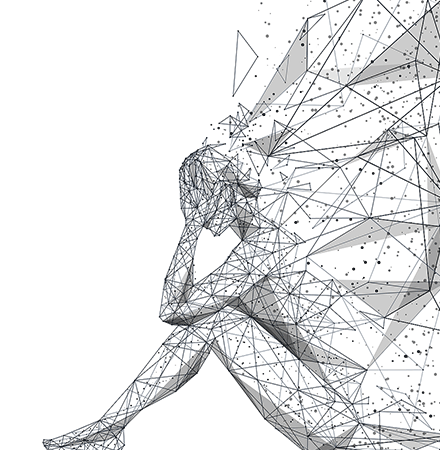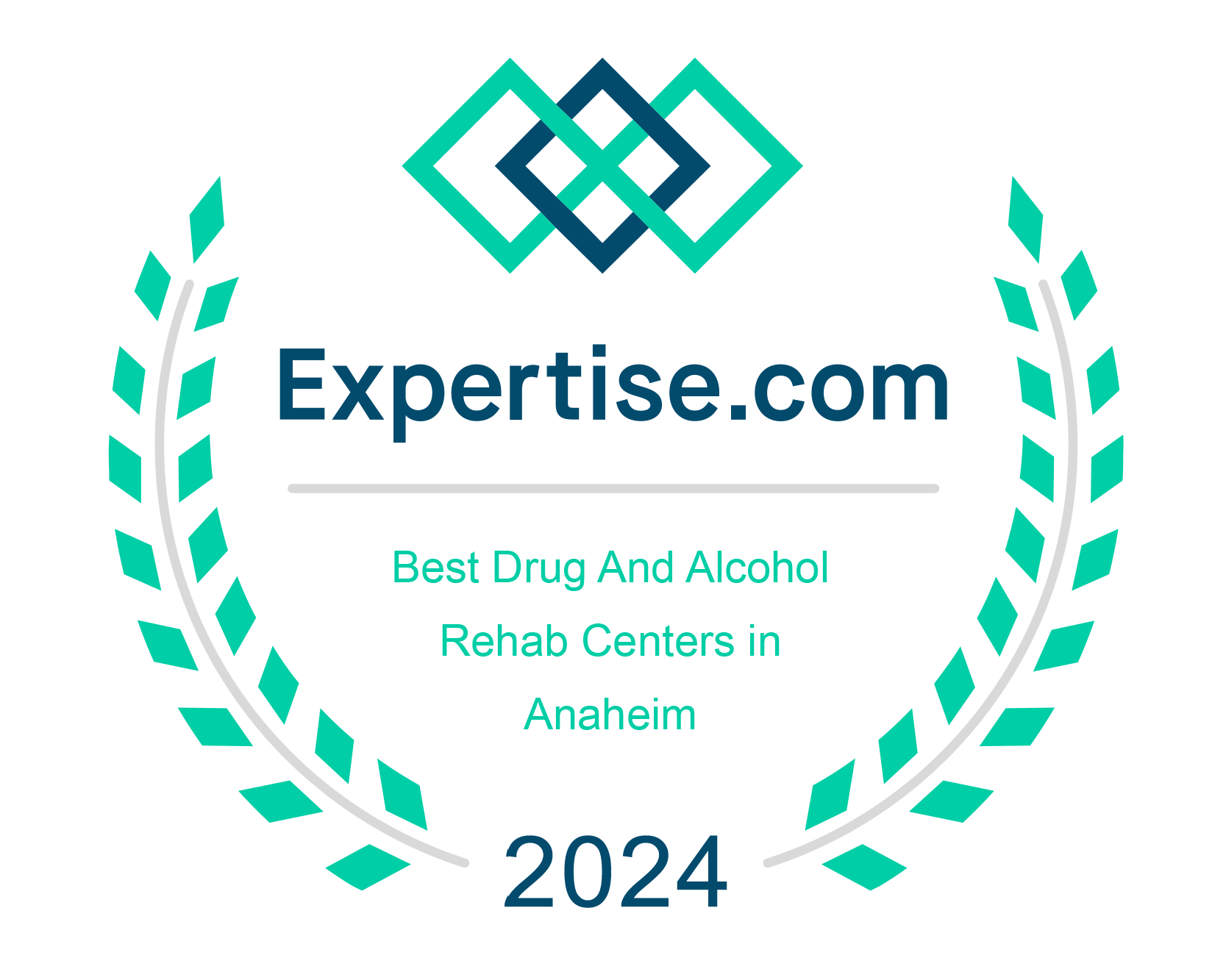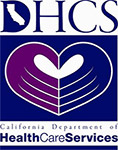Ask someone to picture a person addicted to heroin, and the chances are that they’ll envision a man. Not only is this stereotype wrong, but it prevents many addicted women from getting the resources they need. The fact is that opioid addiction affects men and women, young and old, and people of all races and ethnic backgrounds. New research sheds light on the pathway some women take from prescription painkillers for medical events to becoming addicted to opioids.
Timeline of the Opioid Crisis in the United States
To understand the role of opioid addiction in women, one must first understand how the opioid crisis unfolded in the United States. Although the seeds of the crisis were planted earlier, things began in 1995 when the American Pain Society successfully advocated making pain the “fifth vital sign” aside from body temperature, pulse rate, breathing rate, and blood pressure. Suddenly, medical providers were asked to inquire about pain at each office visit. While the intention was to increase access to pain management resources, there were unfortunate consequences.
Release of Oxycontin and Overprescription of Opioids
The addition of pain as a vital sign came before Purdue Pharma’s release of the opioid painkiller Oxycontin in 1996. Although opioids derived from poppies have been used for medicinal purposes for thousands of years, medications like Oxycontin are different. Purdue Pharma actively marketed Oxycontin as a method to relieve chronic, non-cancer pain. Before this, doctors primarily prescribed opioids for cancer pain, recovery from surgery, and other acute medical events. Prescribing them widely to people with chronic, daily pain was a major shift in medical practice.
Because of Purdue Pharma’s aggressive marketing campaign, physicians began prescribing opioid painkillers by the millions. Over a decade after Oxycontin was released, Americans consumed 99% of the world supply of hydrocodone (brand name Vicodin) and 81% of oxycodone (Oxycontin). By 2016, medical providers were prescribing enough opioid painkillers for every American to have 36 pills.
Opioid Prescribing Guidelines
Recognizing the severity of the crisis, the Centers for Disease Control and Prevention released new opioid prescribing guidelines in 2022. These are specifically recommended against offering prescription opioids like Oxycontin for chronic, non-cancer pain. As medical providers stopped prescribing so many opioids for chronic pain management, people addicted to them had nowhere to turn. Street prices for pain pills went sky-high. In response, an addicted woman or man became likely to turn to heroin as a cheaper alternative. More recently, a flood of the synthetic opioid fentanyl into U.S. drug markets has led to another surge in opioid abuse. Fentanyl is 50 to 100 times more potent than morphine, meaning that adding small doses of it to heroin or other drugs makes them much more powerful. The rise in fentanyl has corresponded with another major increase in opioid overdose rates across the United States.
Opioid Crisis Impact on Women’s Health
Women and Prescription Opioids
Although both men and women can become addicted to opioids, recent research shows that women have borne a greater burden in the opioid crisis. Most women begin by taking legitimately obtained prescription opioids. There are several reasons that they may be more likely than men to develop opioid use disorder. First, women have different pain sensitivity to men. Abundant research shows that women may experience the same intensity event with a higher amount of pain than men. Because of their smaller body sizes, a “typical” dose of opioid painkillers may be more potent for women than men.
Painkiller Abuse Cycle
Second, women have many medical conditions that may be treated with prescription medications. For example, hormonal issues, migraines, autoimmune conditions like rheumatoid arthritis, menopause, pregnancy, or menstrual cycle pain may lead women to seek better pain management. In one recent study, 13.1% of women who underwent mastectomy and breast reconstruction surgery filled two or more prescriptions afterward. Undergoing this type of surgery is a major risk factor for persistent opioid use.
Over time, women may develop tolerance to the painkillers, meaning it takes more of the drug to achieve the same effect. Physiological dependence to opioids also leads to withdrawal symptoms, which can be unpleasant. Women may begin taking opioids more frequently or at higher doses to prevent withdrawal symptoms. This leads to a cycle of painkiller abuse that may escalate to use of heroin or fentanyl. It’s even more alarming that doctors may prescribe women sedative medications, like benzodiazepines, at higher rates than men. These medications further lower central nervous system activity, making it more likely that a woman will have a deadly overdose if she takes opioids at the same time.
Women and Mental Health

Untreated mental health problems are a leading cause of opioid addiction.
Finally, women suffer from mental health problems at a higher rate than men. For example, more than twice as many women as men are diagnosed with depression. Untreated mental health problems are a leading cause of opioid addiction. Opioids cause a flood of chemicals to release in the brain, leading to numb, euphoric feelings. Some women may seek this emotional numbing to dull the pain of trauma, depression, anxiety, and other mental health conditions. Using opioids is an effective way to get through emotional trauma, but it does not treat the root causes of the problem. As opioid use escalates, it cannot mask that emotional pain. This leaves women in a worse place than when they started, now dealing with addiction and mental health problems.
In addition to being directly impacted by opioid addiction, women are more likely than men to be in caregiving roles for people addicted to opioids. The fear, stress, and financial burden of caring for an addicted person create an even greater load for women to shoulder.
Increasing Access to High-Quality Treatments for Addicted Women
Medical Detox

Waismann Method® aims to provide the highest quality care for women dealing with opioid dependence and addiction.
Waismann Method® aims to provide the highest quality care for women and men dealing with opioid dependence and addiction. The goal of medical detox programs like the Waismann Method treatment for prescription opioids is to make the detoxification process safe, non-judgmental, and as pain-free as possible. We recognize that women have unique needs compared to men. Women’s biology, including hormonal differences, body size, and risk for certain medical conditions, make them tolerate medications and procedures differently. That is why we take an individualized approach to all of our medically assisted detox protocols. With Waismann Method center, you’ll receive a comprehensive assessment that includes substance use history, current patterns of use, mental health history, and medical conditions. This allows us to tailor our treatments to each person. This approach is safer and more effective than the “one size fits all” protocols used elsewhere.
Post-Detox Aftercare
Women may also be more reluctant to seek treatment for opioid dependence because of stigma or shame. That is why we place a top priority on discreet, non-judgmental care. Detox takes place at a full-service hospital with 24/7 medical care and assistance. Our quadruple board-certified medical direct has extensive experience in treating addiction and conditions that require pain management. Once opiate detox is complete and your body is cleansed of opioids, patients recover for a few days at our exclusive Domus Retreat for a serene and rejuvenating aftercare experience. This is where you can begin to address the root causes of opioid addiction, including depression, anxiety, trauma, and other mental health problems.
The combination of medical detox and supportive aftercare has been transformative for thousands of women. It is one of the most successful ways to achieve and sustain full recovery from opioid dependence.



















